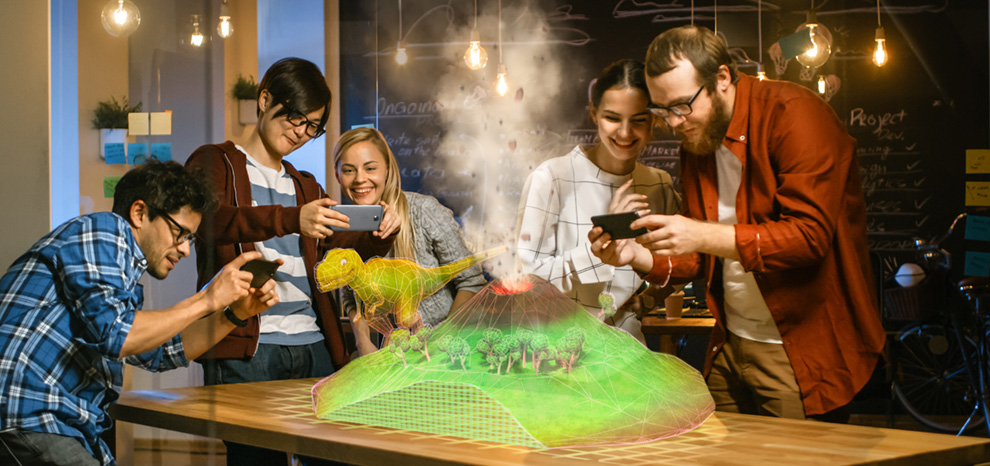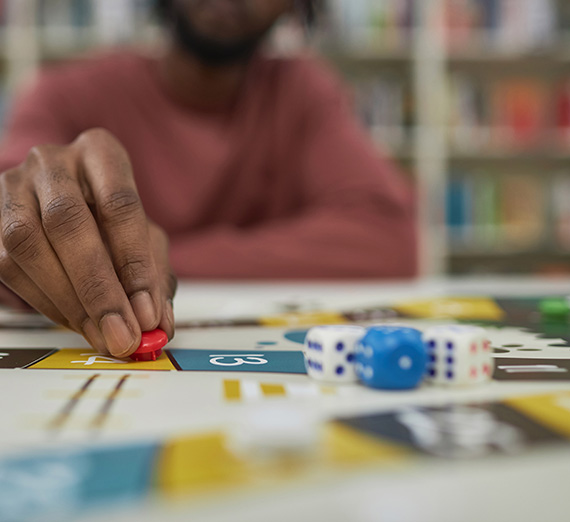Utilizing Game Mechanics in Hybrid Learning

Utilizing Game Mechanics in Hybrid Learning

If the notion of creating a video game is daunting, it probably should be. Making a good game requires not only a great idea, but also a host of planning, graphic design, computer programming, sound engineering, and animation skills, not to mention a fundamental understanding of what makes for good, engaging game play. And no, AI can’t do it all for you in 30 seconds or less…yet. Fortunately, as a 21st century educator and de facto instructional designer, you only need to master one of these areas to create effective instruction which incorporates some of the most powerful elements of game design — game mechanics.
According to game designer Jesse Schell, “Game mechanics are the core of what a game truly is. They are the interactions and relationships that remain when all of the aesthetics, technology, and story are stripped away.” (The Art of Game Design. 2008, P. 131) Researcher James Gee believes that games embody many of the best principles of learning design and can be of great use for education (2005). Game mechanics are one piece of game design that can be incorporated into course design to bring your teaching into the 21st Century. So what are these magical game mechanics elements and how can they be put to use to make your classes fun, engaging, and meaningful learning experiences?
Everyone is familiar with the most common game mechanic, Reward. You play a game because there is some sort of prize associated with winning. Whether that be monetary, prestige, satisfaction, distraction, or something else, it is one of the driving universal motivators behind playing games. Rewards are, however, only one strategy to be employed in game design. There are a host of other possible concepts from the game mechanics field that can be incorporated into online course design. The complete list, according to Schell (2006), along with my suggestions of how each element could be used in course design, follows:
- Game Mechanic 1: Space — In a game, the designer has control to define the physical or virtual space of the game in any we he/she/they believes will best facilitate engaging game play (p. 130). This is no different than course design, particularly if the course incorporates an LMS platform like Canvas. As the instructor, you can choose to limit your class interactions to the LMS. However, you need not be locked into these artificial boundaries. Require students to conduct field research, meet in a virtual space like the Metaverse, conduct a group video conference, share ideas via Instagram, or set up a Facebook page. There are an infinite number of ways to define the space of your hybrid class – the only limitation is your imagination and institutional policy.
- Game Mechanic 2: Objects, Attributes, and States — In a game, these are the things that populate the space. They can be characters, obstacles, tokens, or scores. Each of the objects in a game has certain attributes that are unique to it and dictate the type of interaction that the character (learner) will have with it (p. 136). In a hybrid course design, you also populate the learning space with objects. They are called resources or course content, but, like the learning space, you have complete control over the type of objects you incorporate into your course design. Using innovative tools like Web curation sites, virtual spaces, online videos, games and simulations, and social media conversations all present different ways of interacting with diverse learning objects. Don’t limit your course content to just text-based materials. Utilize other things and you will increase student engagement.
- Game Mechanic 3: Actions — In game design, there are two basic types of actions: operative and resultant. Operative actions are the basic, repetitive things that can be done within the space and resultant actions are the accumulated operative actions which combine to achieve an objective in the game (p. 140). Course designers must be aware of both kinds of actions as well. It is imperative to make clear to your learners both the day-to-day operation of the course as well as how those mundane actions will lead to achieving larger course goals.
- Game Mechanic 4: Rules — Simply put, games of all kinds rely on rules to work. In game design, there are formal and informal rule systems that govern a game and make it function smoothly. The most important rule of all is to have a clear statement of the object of the game – or what must be done to win – and this applies for course design as well (p. 144).
- Game Mechanic 5: Skill — The objective of game design is to hit a perfect blend where the player’s skill is a good match for the game’s difficulty. A good match pushes users further into the experience, while a poor one turns them off. This skill is not just an ability to manipulate the game environment, but also includes physical skills, mental skills, and social skills (p. 150). Knowing your learners’ skill and comfort level with technology can be difficult, but is essential to designing a learning experience that will appeal to them and push them to be more deeply engaged. The first time you offer a class, it is important to do some pilot testing, focus group interviewing, or usability testing during the design process. You should also try to build in activities that will help develop the needed skills in your learners – physically, mentally, and socially.
- Game Mechanic 6: Chance — This is one game mechanic that you may want to leave out of your course design, but you should be ready for it if it ever rears its ugly head. In a game, you want to design random elements, occurrences, and interactions into the game because they are fun and exciting for players (p. 153).




In your hybrid course design, you will also have formal and informal rules which govern the function of the class. Ensuring that the rules are fair and functional provides a basic level of comfort and structure that learners require to be successful. Make sure that the rules systems in your course design are explicit, particularly if you are breaking conventions of normal learning by requiring more informal interactions, considering non-academic subject matter, or using resources that your students may not have experience with. Ultimately, you need to be clear about the course goals and how the day-to-day actions will help students get there.


In your course design, truly random occurrences are more than likely to be disruptive, so this is where you need to take advantage of the true power of game mechanics and embrace the idea that the entire course represents a “designed experience” (Squire, 2006). In other words, incorporate things that seem "random" or "spontaneous," but in actuality, make sure you plan those things out. Introducing a surprise special guest into an online discussion, sending your students a link to an exciting new resource or video tutorial at just the moment they need it to complete a big project – all of these seemingly random occurrences can be planned for but held back to provide an element of surprise in the course.
These are the basic concepts that can be utilized in designing a system (game or course) that leads to engagement and motivation to complete a task or solve a problem. Thinking about how to utilize them in your hybrid course design to create an exciting immersive learning experience for your students is not only fun and rewarding, but also can help to provide a structure for actually building the course. Want to learn more about game design, instructional design, or the intersection of those two fields? Contact me at marquisj@gonzaga.edu
- Instructional Design and Delivery IDD



